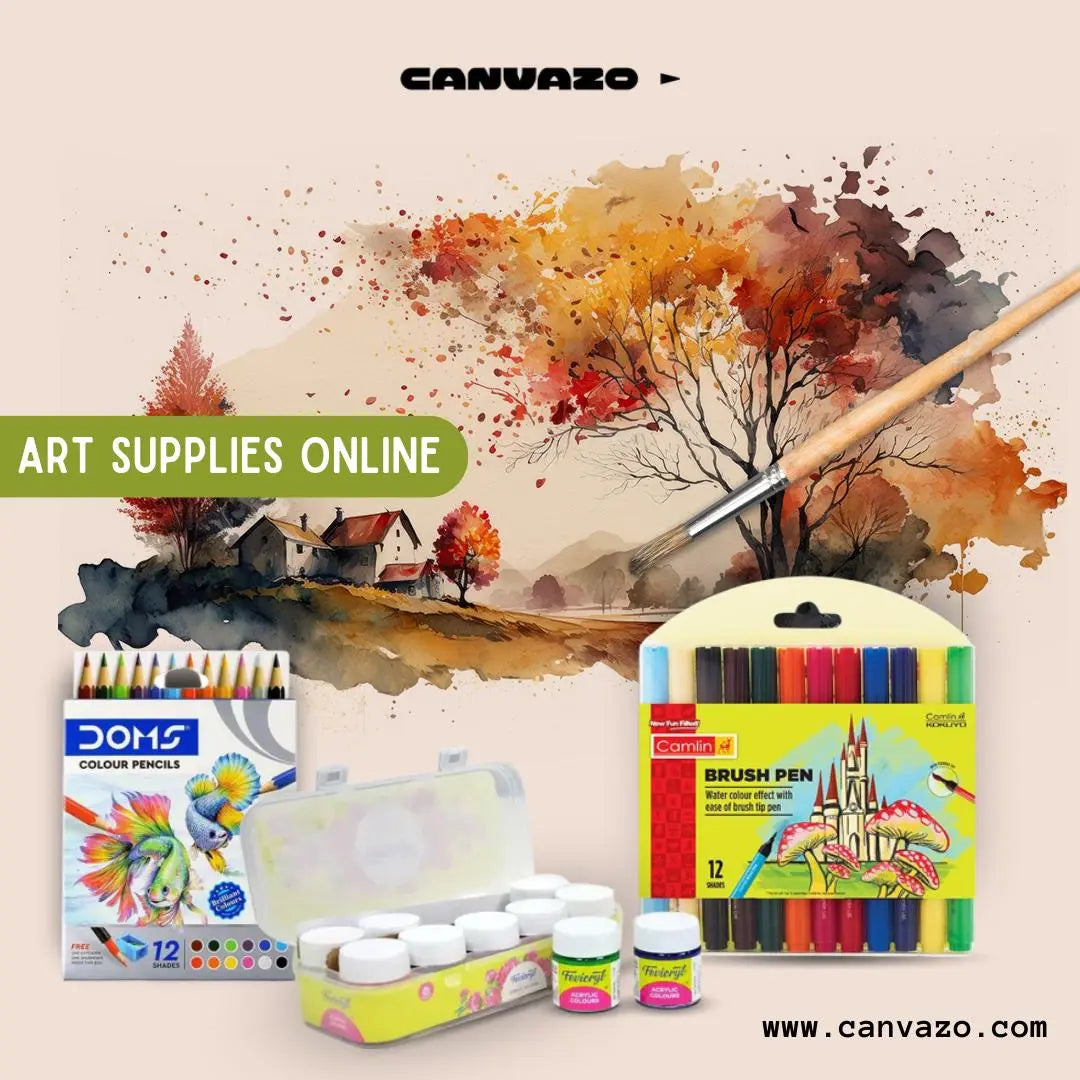Canvas has been a popular painting surface for centuries, and for good reason. It's a versatile material that can hold a variety of mediums, and it's durable enough to last for years without losing its integrity. However, there are many different types of canvas available, and it can be challenging to determine which one is right for your specific needs. In this article, we'll explore the different types of canvas for painting, their characteristics, and how to choose the right one for your next project.
- Cotton Canvas
Cotton canvas is the most commonly used type of canvas for painting. It's an affordable, lightweight option that's ideal for beginners or artists on a budget. Cotton canvas comes in a variety of textures, from rough to smooth, and can hold different mediums, including acrylics, oils, and watercolors.
Cotton canvas is known for its ability to stretch and conform to different shapes and sizes, making it an excellent choice for large-scale projects. However, it's not as durable as other types of canvas and may be prone to warping or stretching over time.
- Linen Canvas
Linen canvas is considered a high-end option, favored by many professional artists. It's known for its durability, resistance to stretching and warping, and ability to hold fine details. Linen canvas is more expensive than cotton canvas, but it's worth the investment for those seeking high-quality results.
Linen canvas has a smooth texture that provides a crisp surface for painting. It's less prone to deteriorating over time and can last for decades without losing its integrity. However, it's not as elastic as cotton canvas and may require additional preparation before use.
- Polyester Canvas
Polyester canvas is a synthetic alternative to traditional cotton and linen canvas. It's a lightweight, durable option that resists tearing, warping, and moisture. Polyester canvas is also ideal for outdoor use, as it can withstand exposure to the elements without fading or yellowing.
Polyester canvas has a slightly glossy surface that provides an excellent base for painting with acrylics or oils. However, it may not hold watercolors as well as traditional canvas, and it can be more difficult to stretch than cotton or linen canvas.
- Canvas Paper
Canvas paper is a cost-effective alternative to traditional canvas. It's a lightweight, portable option that can be easily rolled or folded, making it ideal for artists on the go. Canvas paper is available in a variety of textures, and like traditional canvas, it can hold different mediums.
Canvas paper is a convenient option for artists who want the texture and feel of canvas but don't want to deal with the added weight and expense of traditional canvas. However, it's not as durable as other types of canvas and may not last as long without deteriorating.
- Synthetic Canvas
Synthetic canvas is a versatile, durable option made from materials like PVC, nylon, or vinyl. It's a popular option for outdoor and large-scale artwork due to its resistance to weather, mildew, and fading. Synthetic canvas is also easy to clean and maintain, making it a practical option for public spaces or high-traffic areas.
Synthetic canvas has a smooth, non-porous surface that provides a solid base for painting with acrylics or oils. However, it may not have the same texture as traditional canvas, and it can be more difficult to stretch than other types of canvas.
Choosing the Right Canvas for Your Project
When choosing the right canvas for your project, there are a few factors to consider. First, consider the type of medium you'll be using. Some canvases are better suited for specific mediums than others. For example, if you plan on
using watercolors, you'll want to choose a canvas that can hold water without deteriorating or warping, such as cotton or linen canvas.
Next, consider the size and shape of your project. Cotton canvas is more elastic and can conform to different shapes and sizes, making it a better choice for large-scale projects or irregular shapes. Linen canvas, on the other hand, is less elastic and may require additional preparation before use. If you're working on a small project or want a more portable option, canvas paper may be the best choice.
Lastly, consider your budget and desired level of quality. Cotton canvas is the most affordable option and is suitable for beginners or those on a budget. Linen canvas is a higher-end option that provides excellent durability and quality, but comes with a higher price tag. Synthetic canvas is a practical choice for outdoor or large-scale artwork, but may not have the same texture as traditional canvas.
Conclusion
Canvas is a versatile, durable material that can hold a variety of mediums, from acrylics and oils to watercolors. There are many different types of canvas available, each with its own characteristics and benefits. When choosing the right canvas for your project, consider the type of medium you'll be using, the size and shape of your project, and your budget and desired level of quality. With the right canvas, you can create artwork that lasts for years and provides a solid foundation for your creativity.


